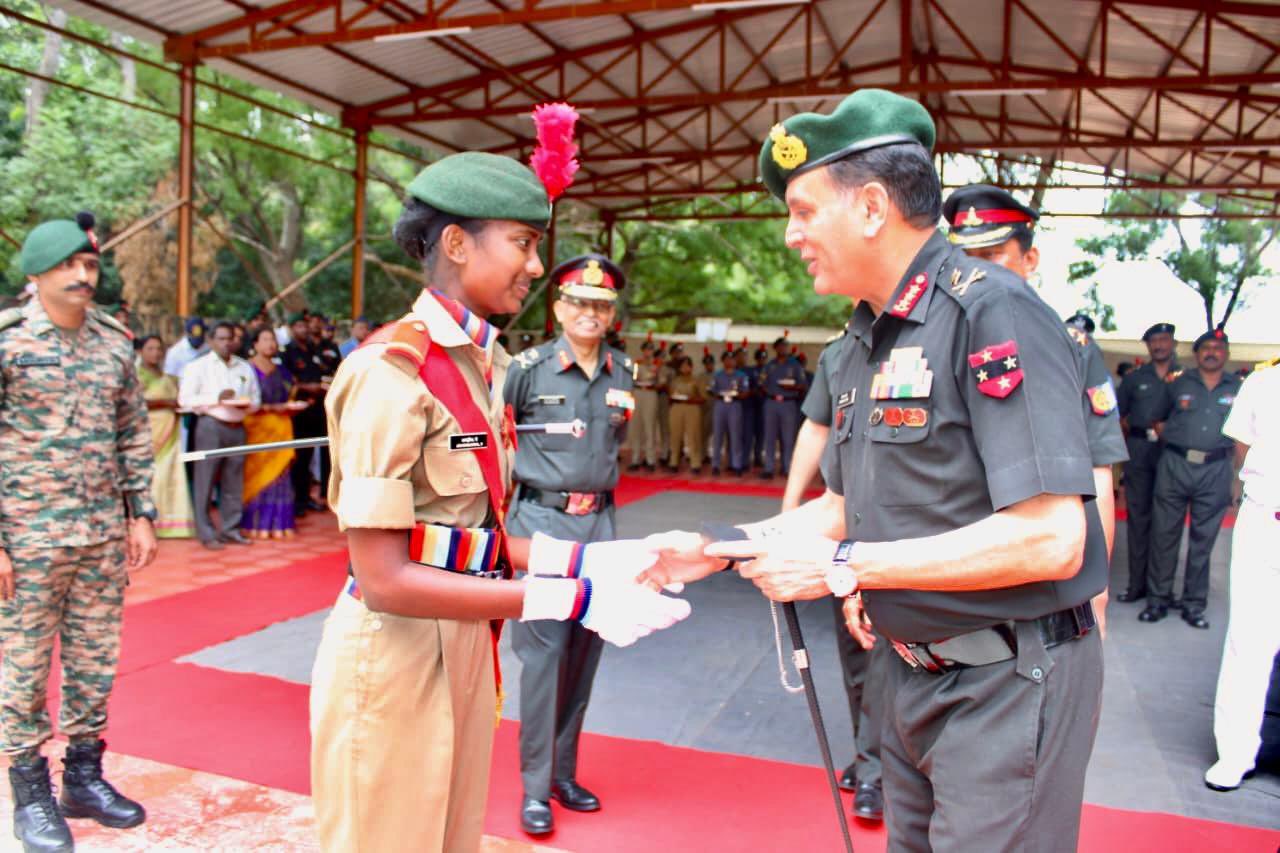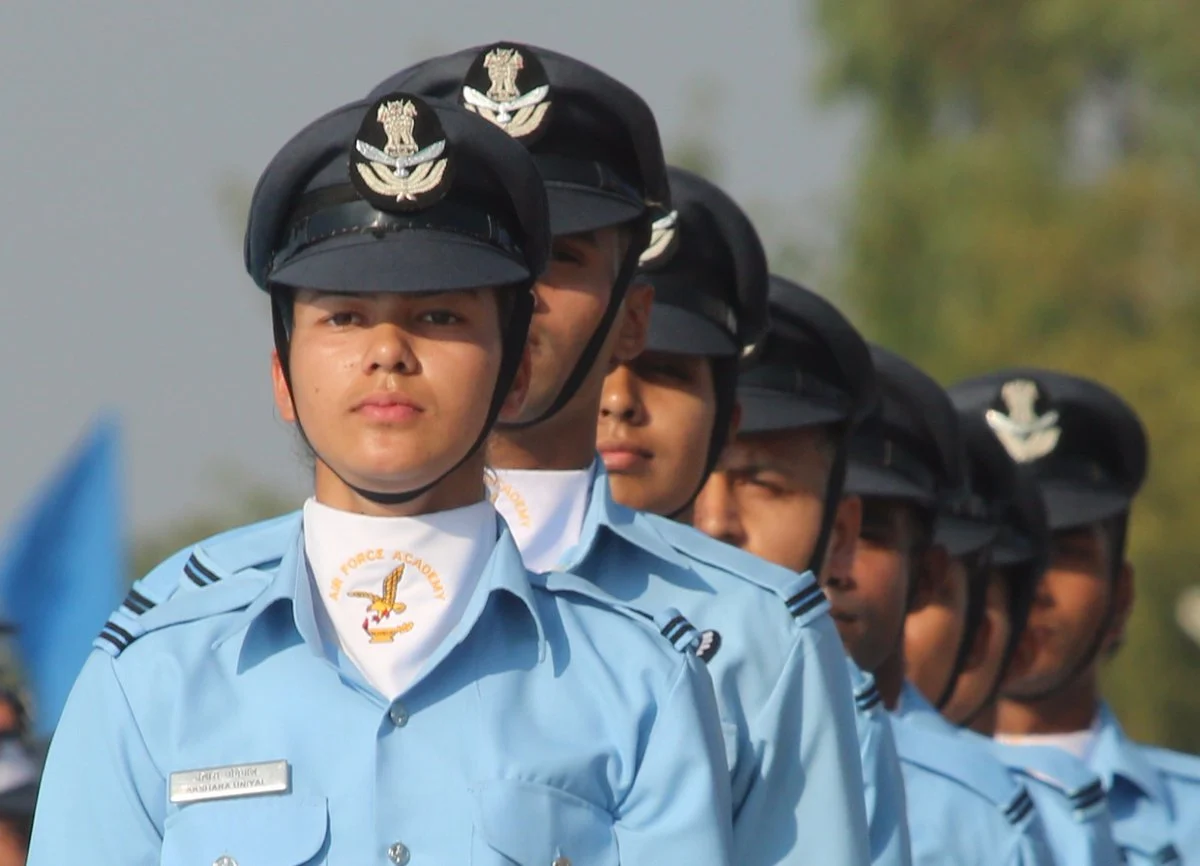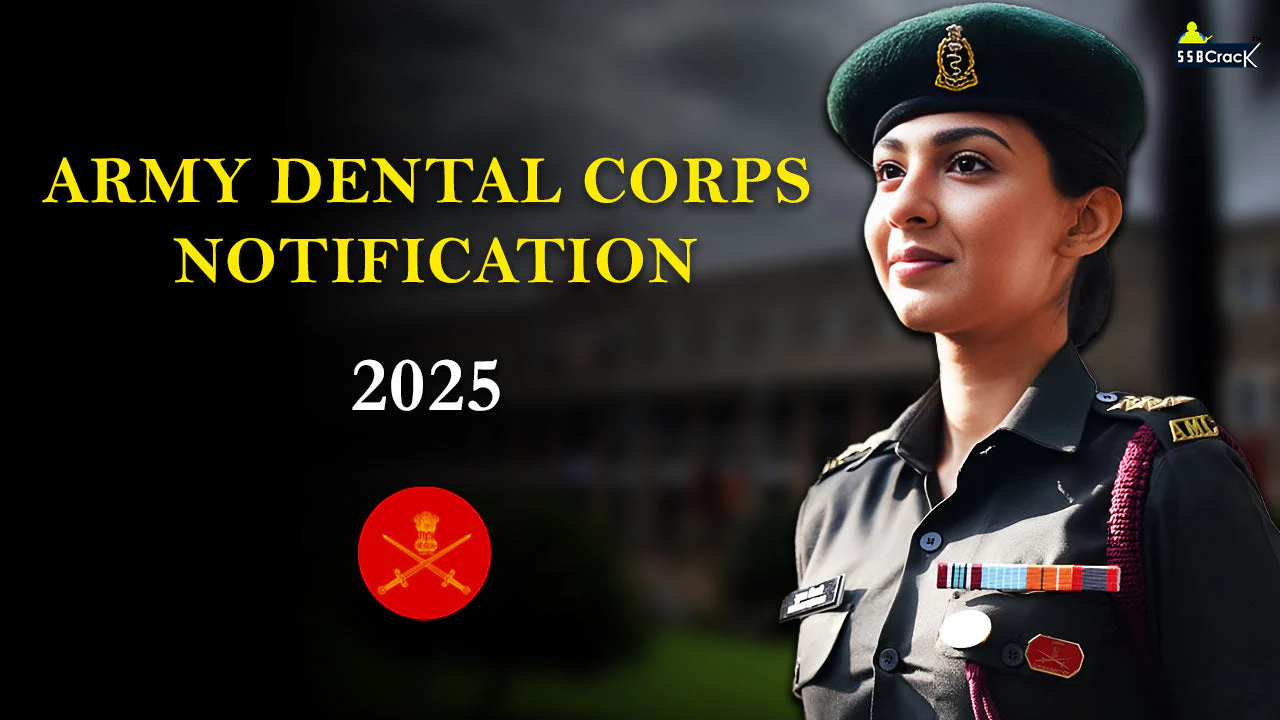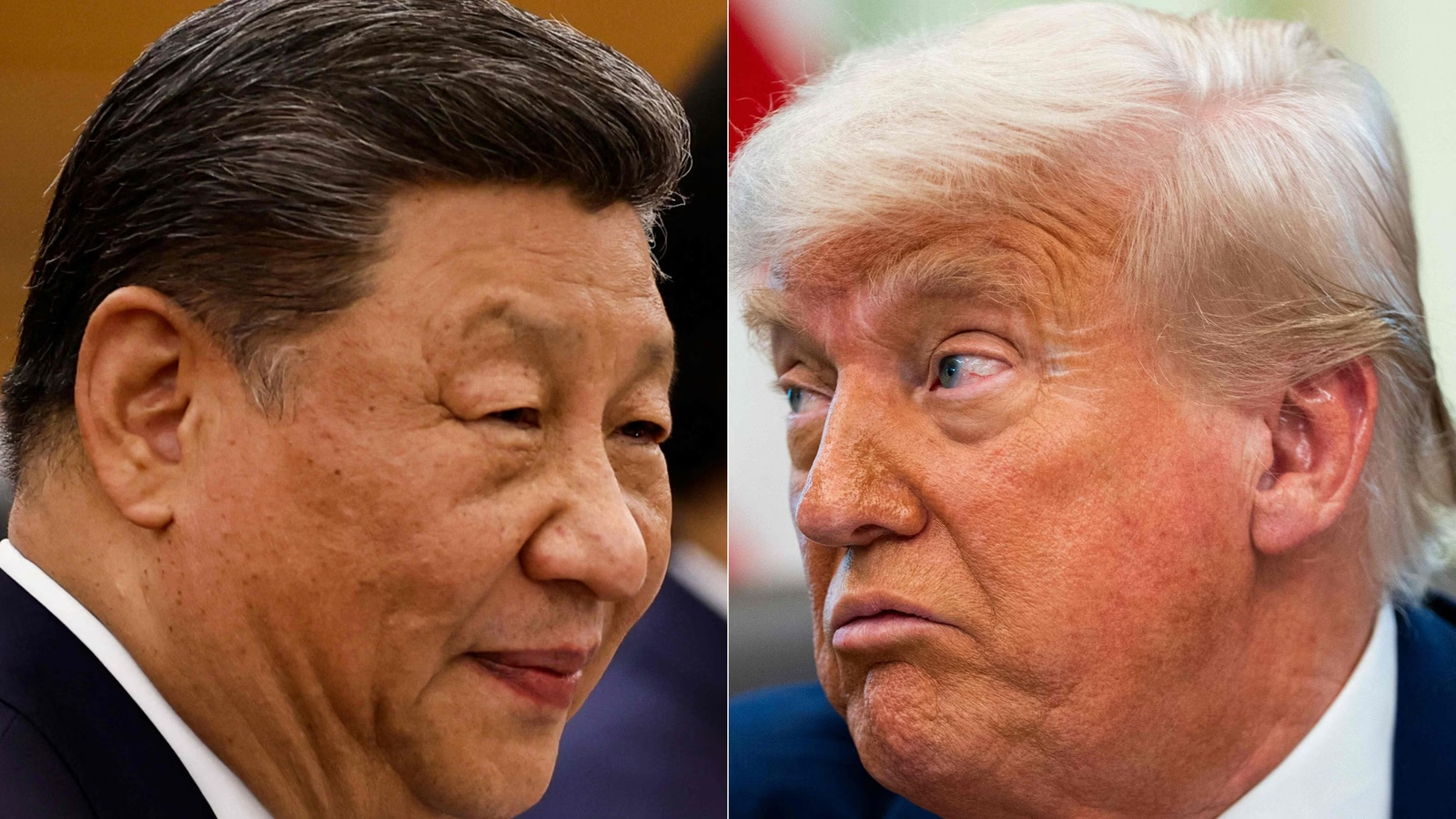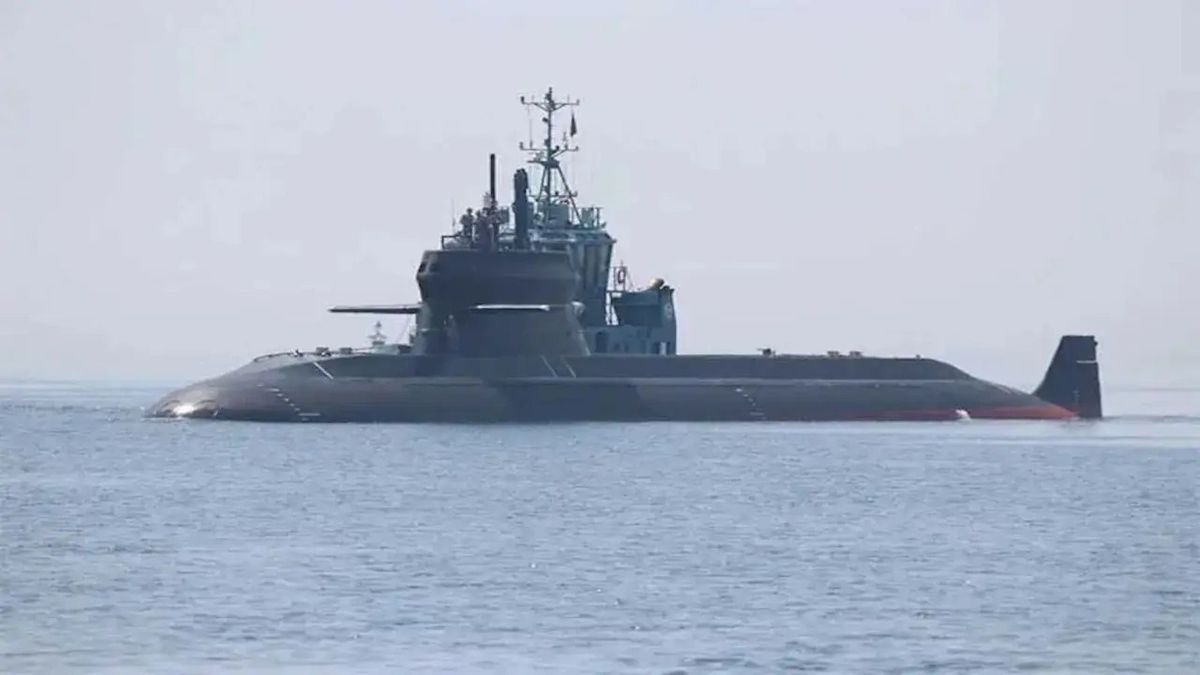Lt Gen Dhiraj Seth Visits NCC Group Headquarters in Puducherry to Inspire Youth Leadership
Lt Gen Dhiraj Seth, PVSM, AVSM, General Officer Commanding-in-Chief of the Indian Army’s Southern Command, made a significant visit to…
AFCAT 2 2025 Admit Card Out
The Indian Air Force (IAF) has released the AFCAT 02/2025 Admit Card on August 19, 2025 for the upcoming Air…
Indian Army Dental Corps Notification 2025
The Indian Army, renowned for its unwavering commitment to national security, has recently announced an exciting opportunity for dental professionals…
Trump Says Xi Promised No China Invasion of Taiwan During His Presidency
U.S. President Donald Trump said on Friday that Chinese President Xi Jinping personally assured him China would not attempt to…
China Hands Over Third Hangor-Class Submarine to Pakistan
China has officially handed over the third Hangor-class submarine to the Pakistan Navy, marking another milestone in the $5 billion…
Meet Group Captain Animesh Patni: Vir Chakra Awardee and S-400 Commander Who Made History with India’s Longest Air Defence Kill
On Independence Day 2025, President Droupadi Murmu conferred the Vir Chakra, India’s third-highest wartime gallantry award, on Group Captain Animesh…

